Cars That Time Forgot: Opel GT
Opel had a problem in the mid-1960: Its cars were terminally dull. Sure, the German company was far from unique in this respect, but unlike many of its rivals, Opel decided to do something about it, and that was to inject some sex appeal into the range.
The first signs of Opel’s ambitions were seen at the 1965 Frankfurt motor show, when the company unveiled an experimental coupe. Called simply ‘GT’, this rakish sportster was nothing more than a humdrum Kadett underneath (albeit with a Rekord engine), but ex-Corvette designer Clare MacKichan did a great job of coming up with the lines for Opel’s first two-seater sports car since 1924.

Despite constant denials, Opel planned all along to create a production version of the GT, but it kept its powder dry for several years, claiming that the GT was nothing more than a show car. However, everyone assumed that the concept would reach production in some form, probably with a fiberglass body shell, so it was no surprise when in 1968 the GT burst onto the scene in steel-bodied form, a year before Ford’s Capri did the same. While the Capri became an instant classic and lasted for three generations over a 17-year production run, the GT was killed off after just five years, and it is now largely forgotten.
Intended to be a sports car for the younger driver, and marketed with the slogan “The first common market sports car,” the Opel GT could be ordered with a 1078-cc engine that pushed out just 67 hp. But few chose this route. Instead, most went for the 1897-cc alternative that provided a marginally more enticing 89 hp. Even with this engine the GT was no ball of fire; it got to 60mph from stationary in a shade under 10 seconds and topped out at 112mph.
Up front there was independent suspension, while retractable lights (which swiveled into position) boosted the car’s sporting credentials. The floorpan, engine, gearbox, brakes, and suspension were all taken from the Kadett or Rekord, and while 1.1-liter editions had smaller brake drums at the back and a lower final-drive ratio, both models had identical bodywork and trim. Standard fare was a four-speed manual transmission, but 1.9-liter GTs could be ordered with a three-speed automatic instead.
As soon as the GT went on sale, it was a hit. Opel had planned to build 60 cars per day, but production quickly doubled, which was easier said than done. Parisian company Chausson produced the body shells, while Brissonneau & Lotz, also based in Paris, was commissioned to take care of body trimming and painting. When the GT proved to be such a hit, Opel had to lend a hand by also finishing cars in its factory in Bochum, Germany.
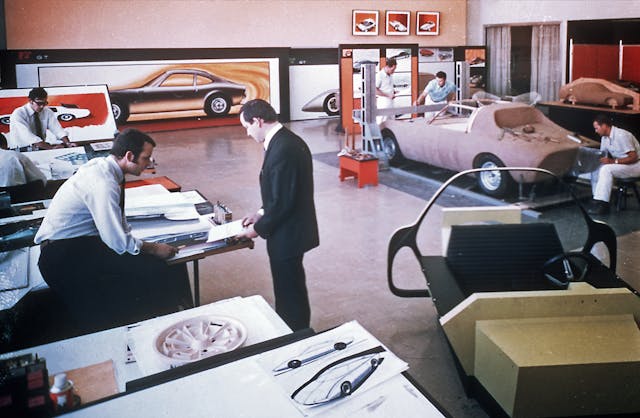
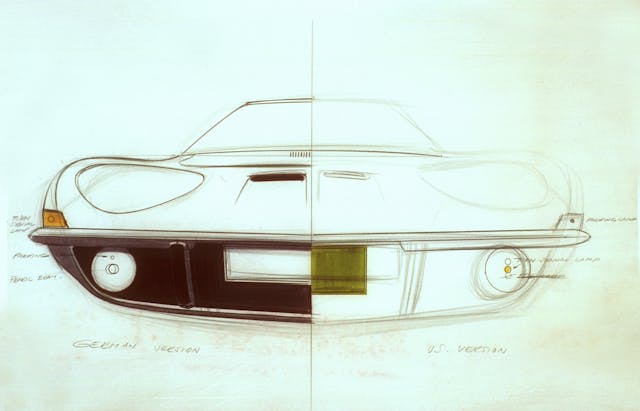
Part of the reason for the GT’s early success was its availability in the U.S., where it was sold through Buick dealers. Differences on the theme were minor between Federal and European variations; U.S.-spec cars usually lacked anti-roll bars and a heated rear window, for instance. European cars could be specified with a radio, three-speed automatic gearbox, fog lights, and a passenger-side door mirror, but available on both sides of the Atlantic was a ZF limited-slip differential, although not that many buyers paid the extra for one.
Although the GT was billed as a 2+2, the back seat wasn’t a place in which anyone would want to spend a significant amount of time. At a push you could just about squeeze one passenger in sideways, behind the high-backed front seats, and as if that wasn’t enough, there was no trunk lid or tailgate. Instead, any luggage had to be fed into the cargo area via the back seat. It wasn’t as though there was much carrying capacity anyway; the spare wheel took up most of the available space.
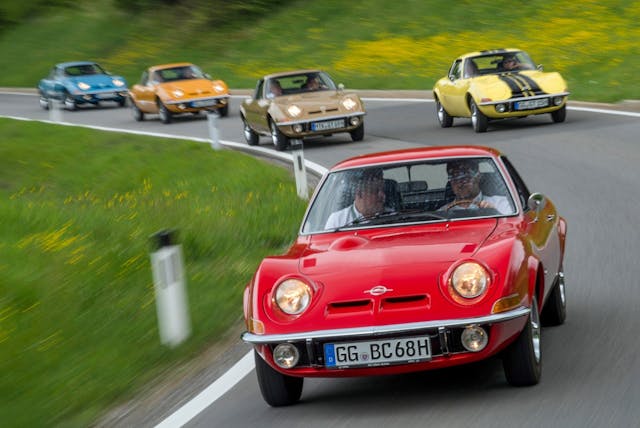
When Motor tested the GT in March 1969, writer Paul Frére noted: “The GT is extremely well behaved and should go a long way to change public opinion about the roadworthiness of Opels. With radial tyres, good weight distribution and rather stiff springs, both handling and roadholding are excellent. On faster bends the car is almost completely neutral and cornering speeds quite high. The light and very positive rack-and-pinion steering combine to make up a car which is extremely pleasant and enjoyable to drive.”
Sales ticked over quite nicely at first, but by 1971 demand had started to wane. In an attempt to boost interest, Opel introduced the cheaper GT/J, with simplified instrumentation, trim, and exterior brightwork. It came only in 1.9-liter form, the 1.1-liter engine having been canned by this point, due to a lack of demand. The GT/J helped to boost sales a little, but the days of Opel’s affordable sports car were numbered.
Tougher U.S. impact rules led to the GT’s demise in 1973; it wasn’t worth it for GM to engineer the car to pass, as sales had slowed to a trickle. Of the 103,463 GTs built, by far the rarest was the 1100, with just 3573 examples made. The GT/J was the next rarest, with 10,760 built, while the 1900 GT accounted for the bulk of production, with 89,130 rolling off the production lines.
That wasn’t the end of the GT brand, though, because it was revived in 2007, for an all-new model that would be sold in the U.S. as the Pontiac Solstice and Saturn Sky. GM would revive the GT name once again on a 2016 concept, but now that Opel is part of Stellantis, the arrival of yet another GT seems highly unlikely.
***
Check out the Hagerty Media homepage so you don’t miss a single story, or better yet, bookmark it. To get our best stories delivered right to your inbox, subscribe to our newsletters.

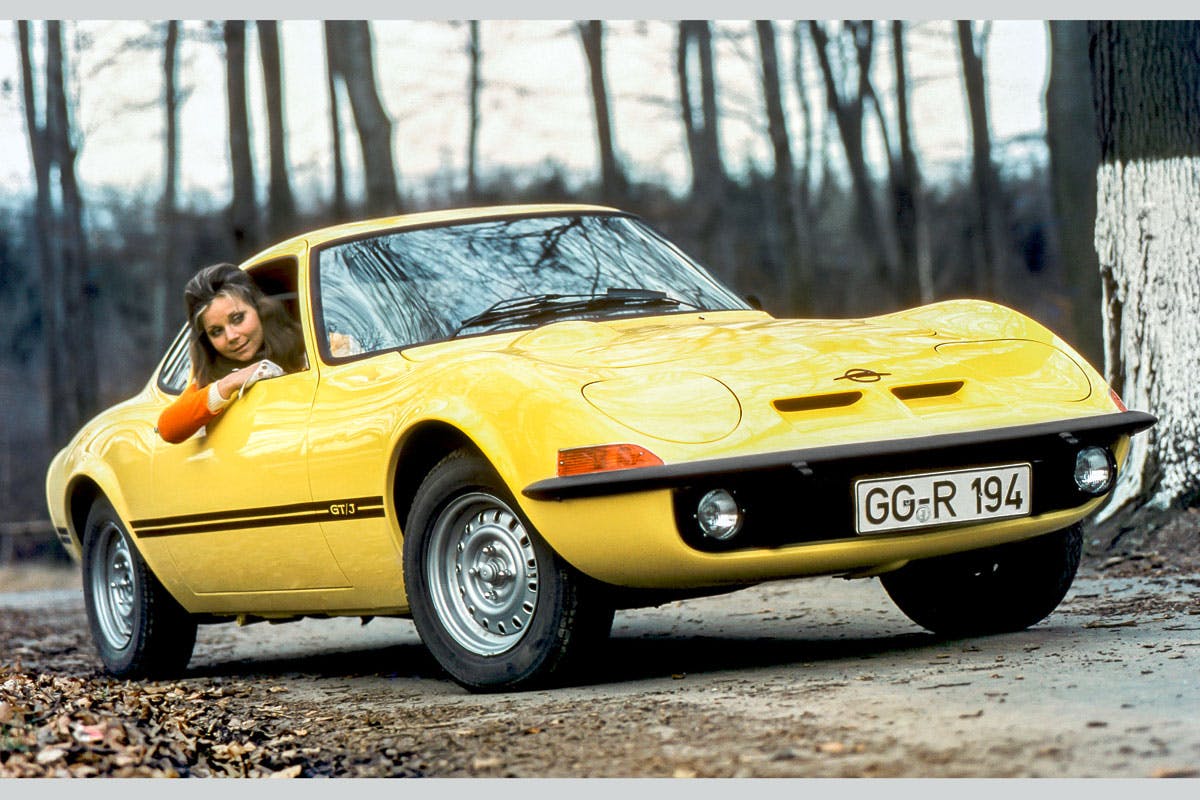
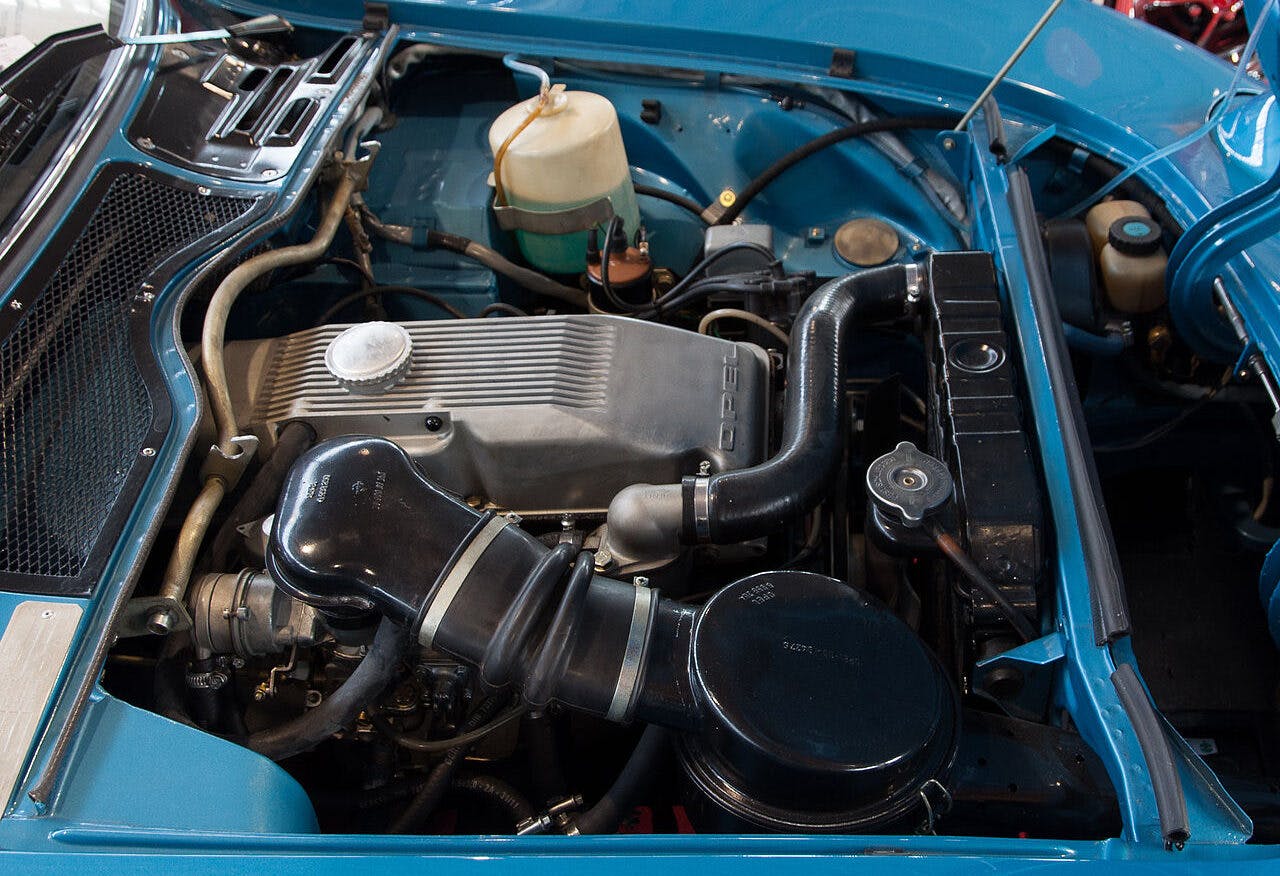
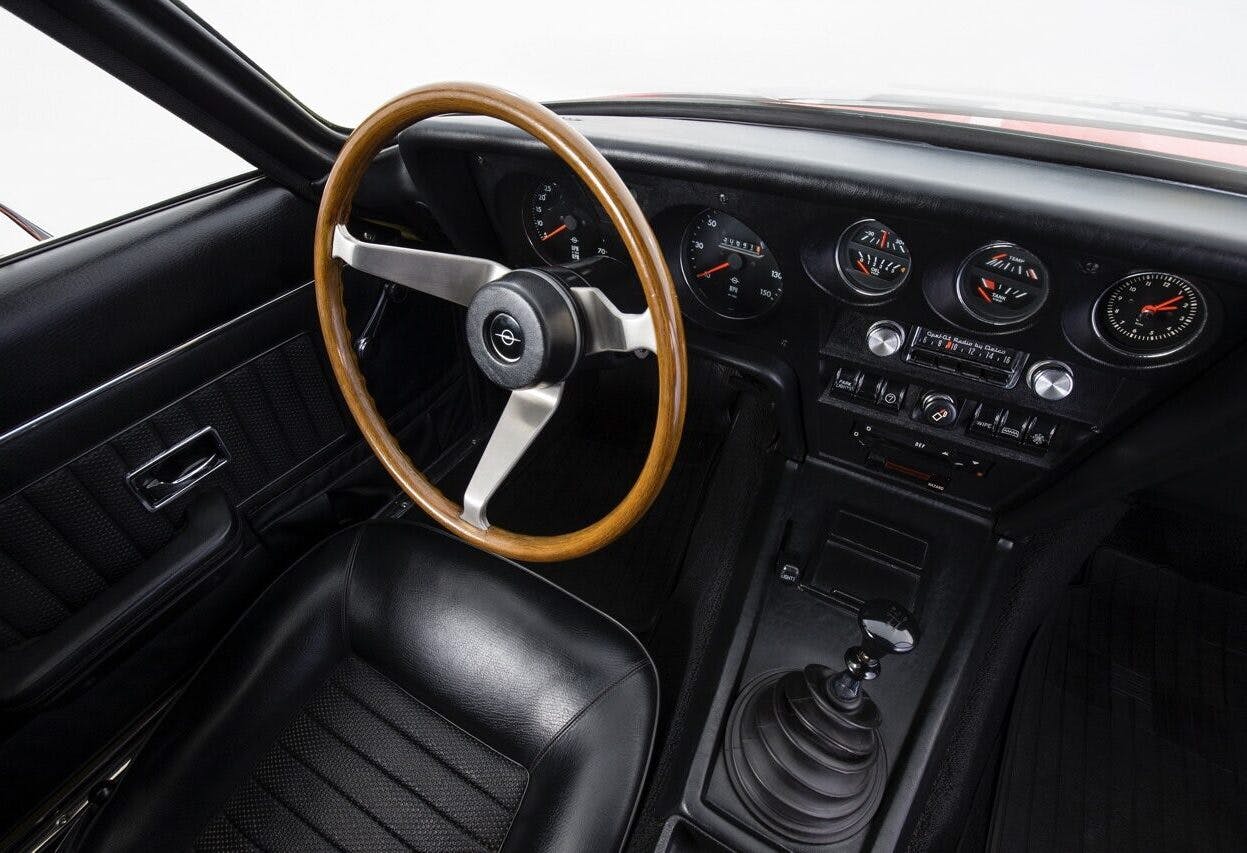

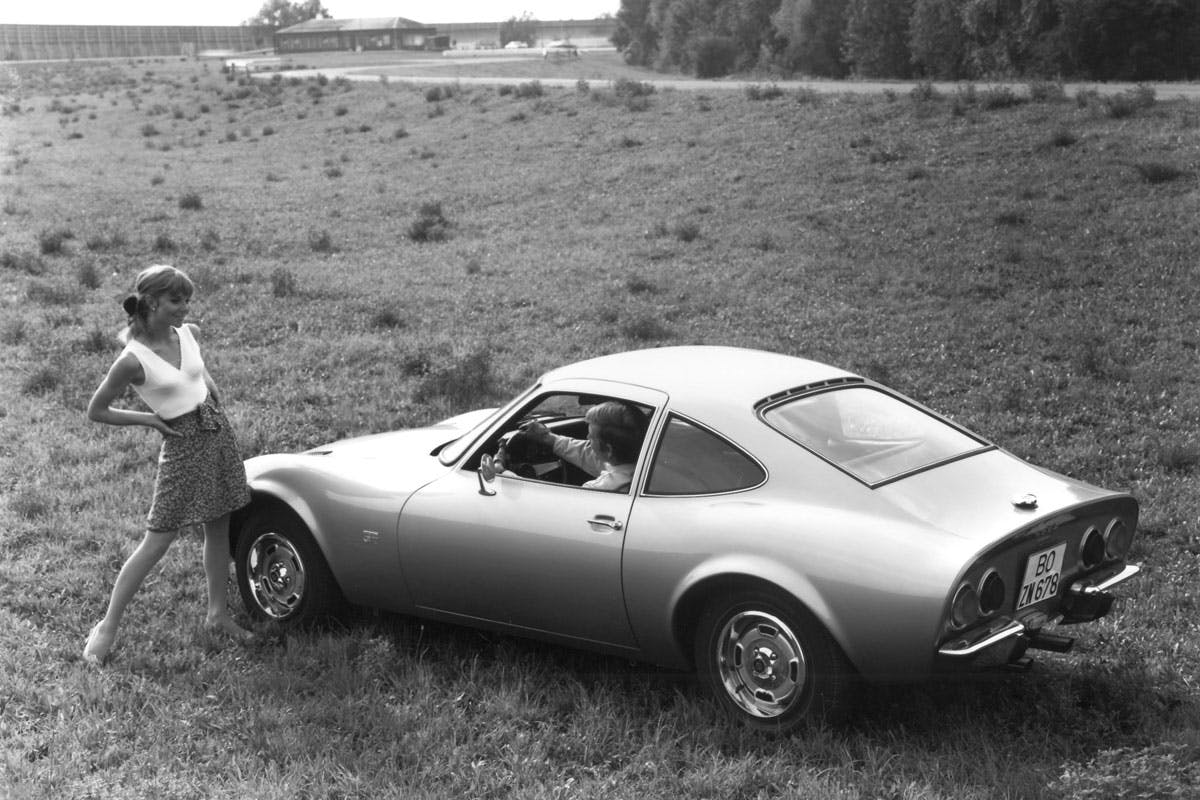
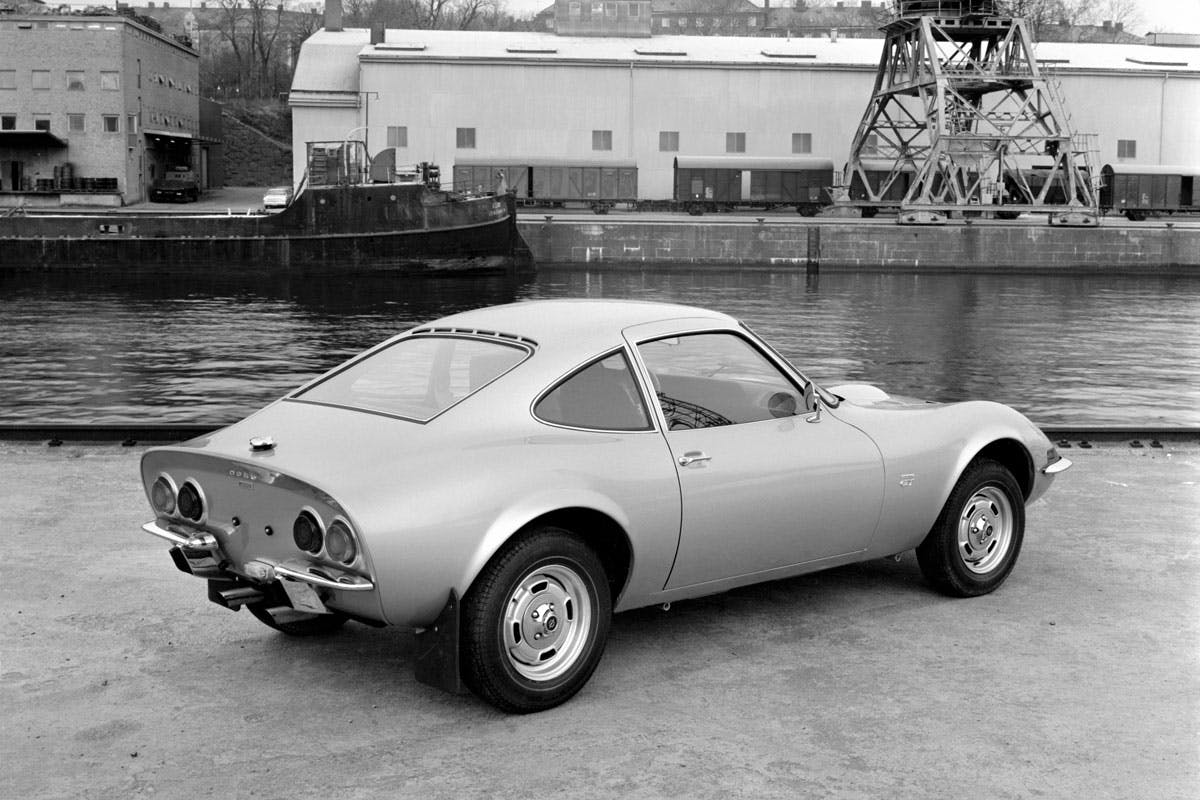


Always thought they were neat little cars. I saw one rear end a Chevy Caprice once & scooped up the Chevy off the ground. Pictures of the crash made the local paper.
A friend of mine did the same thing with a 924 in the mid-70’s. He picked up the rear of a pickup truck.
In early 70s I owned a 69 until I totaled it with a head on collision with a 63 Pontiac Catalina.
Yeah, got rear-ended in my ’86 Acura Integra by a Mazda RX-7. Ended up with my rear tire in his windshield. It was just a short hop down to the pavement.
Did this happen in St. Paul, MN. I saw one like this on Lexington Ave.
Greg, where did that happen? I was once riding in a red ’71 Opel GT with two other people in Toronto when a Chevelle lost control while turning. It landed on the hood and crashed into the windshield and it made the local paper. Your story sounds much like mine except mine was a head on crash.
I really don’t believe these are really Forgotten.
I forgot it after the first one i drove..I actually liked the “Mini Brute” better
Dad had Buicks (4 holers) and the GT’s were always parked next to the GS’s at the Kennard Buick lot. Very cool!!!
BS title…..should be ” A car that time forgot”….I was looking for “Cars”, as in multiple.
It’s not a BS title. Opel made more than one GT and they made them for multiple years. Therefor “cars”.
Not the same.
Either way, a lot of nitpicking of a good article.
Take an English class.
Who on earth was billing the GT as a 2+2? There’s no rear seat, no rear seatbelt, it’s just the tiniest parcel shelf back there.
Yeah, I remember back in high school when I had two friends and they wanted to take my GT. I hadn’t even considered the back area as a place one could go. The article’s description: “At a push you could just about squeeze one passenger in sideways, behind the high-backed front seats” was exactly how that worked out. I felt sorry for him.
Perhaps this was only with the European models?
Agreed, it was a two-seater with a carpeted plywood shelf behind the seats. That said, there were a few times we got five teenagers in mine, six once, if I remember correctly. Rebuilt the engine and put a side draft Weber DCOE on it. It was still going well at 96k when I traded it in for an El Camino to haul dirt bikes. Fun driver, should have kept it.
Although it wasn’t comfortable you could ride back there 🙂
Friend had one. Loved pulling the handle to make the lights flip over…….
You’re right the 240 Z was the demise of the Opel GT.
But prior to that the Opel was the demise of the Datsun 2000.
True. A friend of a friend bought a new Z car and suddenly my GT was pretty irrelevant.
However, he didn’t have the cool, flip-over headlights.
That was a cool feature. Friends liked it even more. I recall having to demonstrate that many times.
I think a contributor to the demise of the GT was the introduction of the Datsun 240Z in 1969 – the Z raised the bar for performance and value.
Last summer I was in South Haven Michigan And couldn’t believe what I thought I saw, So I went around the block for another look. Sitting in front of a local restaurant were two cars to get people’s attention. One is a Opal GT convertible!
Bizzarrini were in discussions and development with Opel first before they made the decision to stay in-house with the project. It is a shame too, because the Bizzarrini 1900 GT Europa is in my opinion one of the most attractive cars ever made. Of which Bizzarrini made 12 of them or so…
https://silodrome.com/bizzarrini-1900-gt-europa/
Thanks for pointing that out. The Bizzarrini was indeed spectacular!
We had a buddy in high school that had an Opel GT. We always made fun of the car as it looked like a toy Corvette. But truth be told, I think we all secretly admired the car. As the girls said, it was “adorable”. Great memories….
Great car. I owned one in the 70’s and it was a fine little sports car. Good handler, excellent fuel mileage, great looks. Wasn’t real quick but not built for that purpose, would cruise at highway speeds quite well, and was even good on snow. Wish I would have kept it but as a young person cars came and went.
Yoktom, your worthless comment is the true BS. The Opel GT is pointed to in the title – it is one of the “Cars That Time Forgot”. Reading comprehension may not be your strong suit!
My twin brother and I were offered a 1972 model by our high school English teacher. It was her son’s and he was looking to sell the car as it was not running. We picked it up, cleaned the carb and got it running. We should have closed the deal prior to their discovery that we had made it roadworthy, the price went up considerably. Teenage lessons!
Will it’s small engines, especially in the height of the 60’s & early 70’s muscle car era, I seem to remember Motor Trend stating it was “a sheep in wolf’s clothing”. Still a cute little car though ….
Been married twice and both wives have an Opel GT in their past. Both were red. One drove hers like a little old lady and the other like she stole it. Forty-five years later and still married to the thief who drives her TR6 the same way.
Not forgotten by anyone that owned or drove one. What a blast to drive in hill country on all the curves. I always figured when I came up over the top of a hill and if there was a cow in the road I had a shot of going underneath her 😁. At 19 you think a bit different than you do in your 60s.
I agree with blast to drive and not forgotten by someone who owned one!